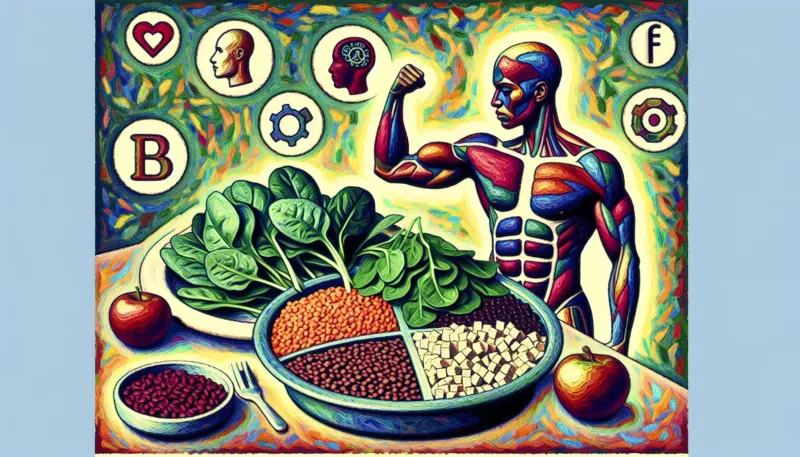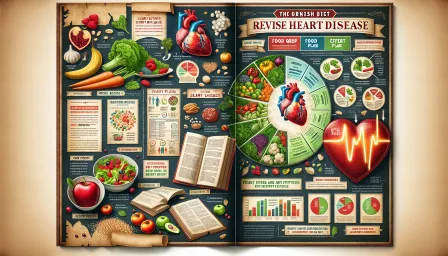How to Boost Iron Intake on a Vegan Diet: Top Foods and Tips

Discover how to boost iron intake on a vegan diet with top foods and practical tips. Learn about iron-rich plant-based sources and ways to enhance iron absorption.
Iron is an essential mineral that plays a pivotal role in maintaining energy levels, supporting metabolic functions, and carrying oxygen throughout the body. For individuals following a vegan diet, ensuring adequate iron intake can be a bit of a challenge since plant-based iron (non-heme iron) is not absorbed as efficiently as the heme iron found in animal products. This article will explore various strategies to boost iron intake on a vegan diet, discussing top iron-rich foods, absorption-enhancing tips, and common misconceptions around vegan iron sources.
Understanding Iron and Its Importance
Iron deficiency is one of the most common nutritional deficiencies worldwide, leading to conditions such as anemia, which is characterized by fatigue, weakness, and a range of other health issues. Iron is critical for the production of hemoglobin, a protein in red blood cells that carries oxygen from the lungs to the rest of the body.
Top Iron-Rich Foods for Vegans
Legumes
Legumes such as lentils, chickpeas, black beans, and soybeans are excellent sources of iron. They are also rich in protein and fiber, making them a staple in a well-rounded vegan diet.
Nuts and Seeds
Seeds like pumpkin, sesame, hemp, and chia, along with nuts like cashews and almonds, offer a significant amount of iron. They are also incredibly versatile and can be incorporated into various meals and snacks.
Whole Grains
Whole grains such as quinoa, oats, brown rice, and fortified cereals can substantially contribute to your daily iron intake. Quinoa, in particular, is not only iron-rich but also provides a complete protein source.
Dark, Leafy Greens
Dark leafy greens like spinach, kale, and Swiss chard are packed with iron. Though the bioavailability may be lower, these greens are a valuable component of an iron-rich vegan diet when eaten in sufficient quantities.
Dried Fruits
Dried fruits such as apricots, raisins, prunes, and figs are not only naturally sweet but also provide a decent amount of iron. They make for a convenient and nutritious snack that boosts iron levels.
Tips to Enhance Iron Absorption
Pairing with Vitamin C
Vitamin C significantly enhances the absorption of non-heme iron. Incorporate vitamin C-rich foods like bell peppers, oranges, berries, and broccoli in your meals to boost iron uptake.
Avoiding Iron Blockers
Certain compounds, such as phytates (found in grains and seeds), calcium, and polyphenols (found in tea and coffee), can inhibit iron absorption. Try to consume these foods and beverages separately from iron-rich meals.
Cooking in Cast Iron
Cooking with cast iron cookware can add a small amount of iron to your food. Acidic foods like tomato sauce cooked in cast iron are particularly effective in increasing iron content.
Debunking Common Myths about Vegan Iron Sources
Myth: Plant-Based Iron is Ineffective
While it's true that non-heme iron is less readily absorbed than heme iron, many plant-based iron sources are still highly effective when consumed correctly. The key is to combine them with vitamin C-rich foods and to be mindful of iron inhibitors.
Myth: Vegans Can't Get Enough Iron
Vegans can absolutely meet their iron needs with careful dietary planning. By focusing on iron-rich foods and following absorption-enhancing strategies, iron deficiency can be avoided.
Conclusion
Enhancing iron intake on a vegan diet is entirely achievable with the right knowledge and strategies. By incorporating a variety of iron-rich plant foods, combining them with vitamin C sources, and being mindful of absorption inhibitors, vegans can meet their iron requirements effectively. Remember, a well-rounded vegan diet not only supports adequate iron intake but also promotes overall health and wellness.



























